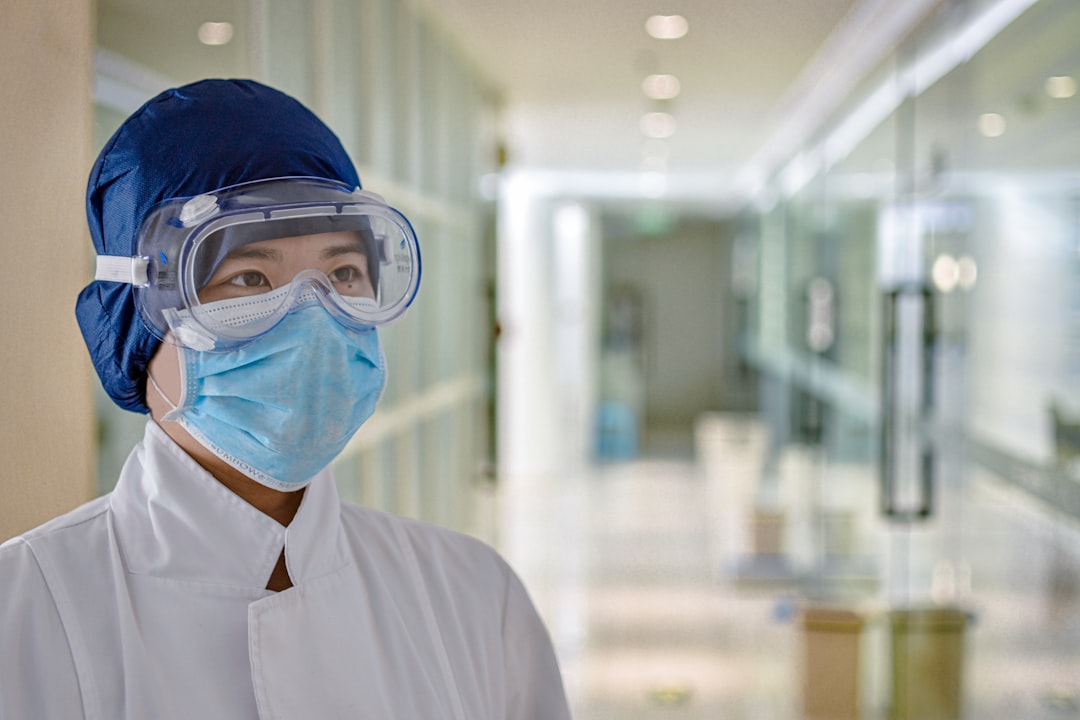What is it about?
Spermatogonial stem cell transplantation (SSCT) could become a fertility restoration tool for childhood cancer survivors. However, since in mice, the colonization efficiency of transplanted spermatogonial stem cells (SSCs) is only 12%, the efficiency of the procedure needs to be improved before clinical implementation is possible. Co-transplantation of mesenchymal stem cells (MSCs) might increase colonization efficiency of SSCs by restoring the SSC niche after gonadotoxic treatment.
Featured Image
Why is it important?
Advanced cancer treatments have resulted in more than 80% survival rate of childhood cancer patients. However, a childhood cancer survivor study reported that 46% of these patients would become infertile, while 18% of their siblings will experience fertility problems in adulthood. As these boys lack active spermatogenesis at the time of cancer diagnosis, they cannot benefit from sperm freezing. Testicular tissue banking in combination with spermatogonial stem cell transplantation (SSCT) has been proposed as a possible fertility preservation strategy for these patients.
Perspectives
Co-transplanting SSCs and TGFß1-treated MSCs significantly improves the recovery of endogenous SSCs and increases the homing efficiency of transplanted SSCs. This procedure could become an efficient method to treat infertility in a clinical setup, once the safety of the technique has been proven.
Dr Prashant H Kadam
Vrije Universiteit Brussel
Read the Original
This page is a summary of: Co-transplantation of mesenchymal stem cells improves spermatogonial stem cell transplantation efficiency in mice, Stem Cell Research & Therapy, November 2018, Springer Science + Business Media,
DOI: 10.1186/s13287-018-1065-0.
You can read the full text:
Resources
Contributors
The following have contributed to this page










